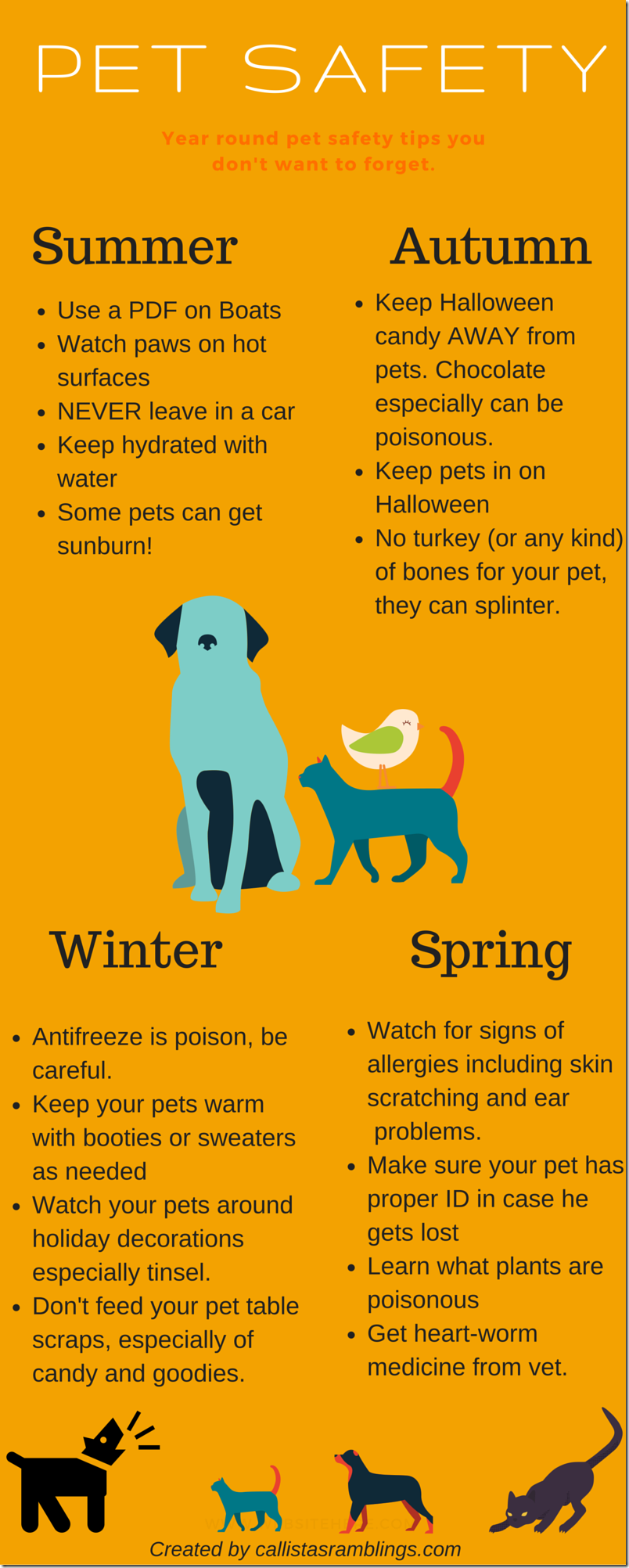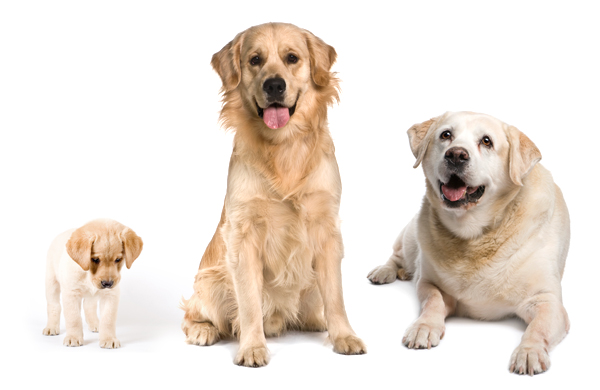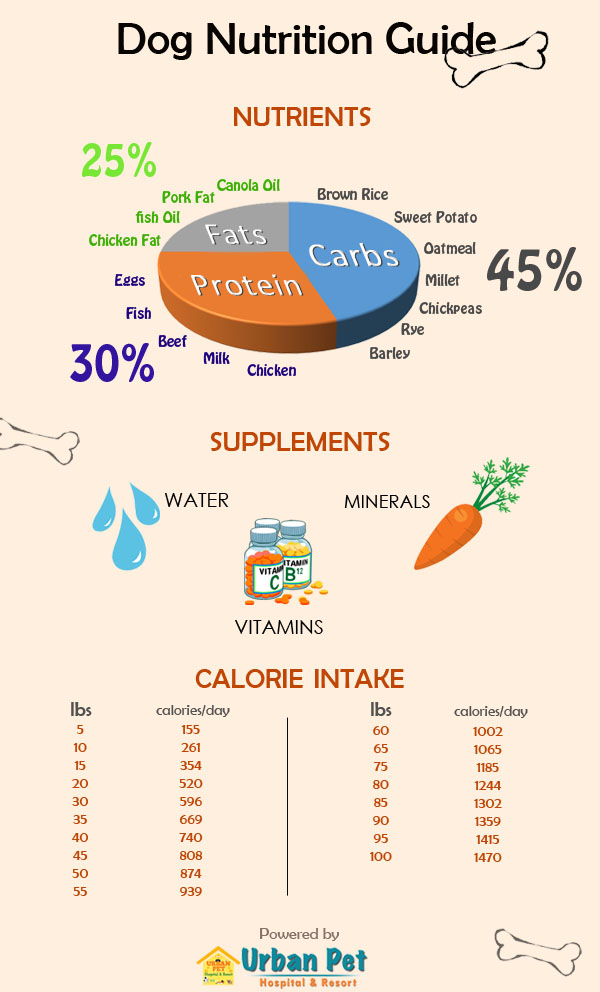
No pet owner ever consider a dog only a pet. For us, they are a family member. Taking care of your pet is as essential as taking care of yourself.
Owning a canine can be the biggest joy in life. It is also a big responsibility. If you are considering bringing a canine into your home, consider seriously about the commitment and responsibility a dog owner entails.
How often do you need to visit Veterinary?
The American Veterinary Medical Association (AVMA) recommends for dogs and cats to have check-ups annually, at least.
As a pet owner, it is essential to recognize the signs of common illnesses among dogs. Vaccination is another important thing you should always remember.
Vaccination, the onset of common diseases, and aging factor are few of the reasons to frequent vet clinics.
Wellness Check for Pets
A regular check or wellness examination is a periodic medical test of the pets to assess their overall health. A wellness examination may also be called a 'check-up' or a 'physical examination'. The need for a wellness check is to ensure that your dog remains healthy throughout its life.
A wellness check may also include vaccinations such as regular shots for rabies, flu, etc.
The time and duration for well checks or periodical visits may differ according to the age of the dog.
Puppy
In general, you should take your pup to your vet every 3 to 4 weeks for necessary vaccinations to ensure if it isn’t developing any complications or other physical ailments. The regular-check may include, shots for rabies and distemper-parvo. Your pup might need shots if it’s displaying symptoms of kennel cough, influenza, or Lyme disease.
Adult Dogs
Adult dogs range from the age of 1 to 7 years (depending on breed). These dogs require an annual wellness check, including a heartworm test and other tests your vet recommends based on the results of the check.
A booster shot for rabies and distemper-parvo can be essential, typically every 3 years.
Older Dogs
Older dogs range from the age of 7 to 10 years. These dogs require wellness to check every 6 months or bi-annually. Like humans, older dogs are prone to developing certain diseases and complications as they get older, including arthritis, gum disease, diabetes, vision problems (blindness), kidney disease, cancer, and dementia.

7 Common Dog Diseases
Cancer
50% of dogs over the age of 10 develop cancer at some point. Malignant lymphoma (a tumor of the lymph nodes), mast cell tumors (skin cancer), mammary gland tumors, breast cancer, and soft tissue sarcomas are few of the common cancers found in canine.
Some of the common symptoms of cancer include a lump or a bump, an unhealed wound, any kind of swelling, enlarged lymph nodes, a lameness or swelling in the bone, and abnormal bleeding. It is necessary to take your pet to the veterinarian and take immediate medical measures.
Diabetes
Diabetes in dogs is a complex disease caused by either a lack of the hormone insulin or an inadequate response to insulin. Diabetes mellitus is more likely to be found in overweight cats and dogs.
It is estimated that anywhere from 1 in 500 to 1 in 100 dogs will develop diabetes in their lifetime.
Symptoms of diabetes in dogs include consistent thirst, urinating too much, a ravenous appetite and rapid or sudden weight loss.
The treatment for diabetes includes diet (diet plan recommended by a veterinarian), exercise (exercise to avoid a spike in glucose level), and insulin injections.
Kennel Cough
Kennel cough (Canine infectious tracheobronchitis) is a term loosely used to describe a complex of respiratory infection (both viral and bacterial) that causes inflammation of a dog’s voice box and windpipe. It’s a form of bronchitis and is similar to a chest cold in humans.
Dogs commonly contract kennel cough at places where large amounts of canines congregate, such as boarding and daycare facilities, dog parks, training groups, and dog shows. Serious cases of kennel cough can lead to pneumonia if left untreated.
Heartworm
Heartworm is one of the common heart diseases among most dogs. Known as Dirofilaria Immitis, the heartworm or dog heartworm is a parasitic roundworm that looks like a small thread-like creature.
It spreads from the bite of an infected mosquito. There is no simple way to tell if the mosquito is infected, hence, every dog must be prevented from heartworm.
Heartworm is a parasitic worm that lives in the heart and pulmonary arteries of an infected animal. The worms travel through the bloodstream—harming arteries and vital organs as they go—ultimately completing their journey to the vessels of the lung and the heart chamber about six months after the initial infection. Several hundred worms can live in one dog for five to seven years.
How to prevent Heartworm disease in dogs?
7 Symptoms of Heartworm in Dogs
Some of the common symptoms of heartworm disease are as follows;
- A soft and dry cough
- Inactivity or lethargy
- Weight loss or anorexia
- Rapid or difficulty breathing
- Bulging chest
- Allergic reaction
- Collapse
Canine Coronavirus
Canine Coronavirus is an intestinal infection that affects both feral and domesticated dogs. The virus is limited to the upper two-thirds of the small intestines. A lot of the time the infection will clear up by itself, however, it can be problematic for young pups or adult dogs with other infections such as parvovirus.
Older dogs may not show any symptoms. Some of the rare symptoms include vomiting, diarrhea, and dehydration. Treatment will involve administering extra fluids and electrolytes. If you suspect your dog has contracted coronavirus, it is important to take it to the bet.
Rabies
Rabies is a viral disease that may affect the brain and spinal cord of all mammals, including cats, dogs, and humans. Vaccination is important to curb the contraction of the disease. Rabies is transmitted to people from animals, with over 99% of cases due to dog bites. It is transmitted through the exchange of blood or saliva from an infected animal.
Ringworm
Dermatophytosis is the fungal infection affecting the skin, hair, and/or nails (claws) that is more commonly referred to as a ringworm. A ringworm infection on a dog may simply look like a bald spot, with very little inflammation or redness. The inflammation isn’t really itchy. This highly contagious disease can lead to patchy areas of hair loss on a dog and can spread to other animals and humans too.
Healthy Food for Dogs
Here is the comprehensive list of foods and supplements that can be provided to a dog on a daily basis.

Homemade Vs. Store Brought
Homemade food is always better than store brought, however, you must give time to prepare a balanced diet. Grains and starchy veggies should make up no more than half the diet. Good choices include oatmeal, brown rice, quinoa, barley, and pasta.
You can introduce store brought food into your dog's daily diet along with a homemade meal. Daily Dog Food should contain;
- 50% of muscle meat
- 10% organ meat
- 15% uncooked bone
- 20% of vegetables
- 5% fruit
How to Be a Responsible Dog Owner?
Being a responsible dog owner is easy – you must keep your dog’s health first.
Pet-Proof Your Home
Like baby proofing your home, you should pet-proof your dog to keep it away from harm’s place. Many items that are used to baby proof your home can be used for pet-proofing as well. Safety locks for kitchen and bathroom cabinets, power outlet covers, safety lid for toilet seats, etc.
Dogs have a tendency to chew on anything they find, hence it’s important to keep medicines and leftover in an inaccessible place. Valuables like jewelry, designer shoes, and clothes can be kept out of reach.
Microchipping
There are many cases of missing pets mostly around holidays and celebrations. Most pets who wander outside the house are easily lured or distracted. To ensure their safety, make sure your pet is properly identified (microchip, collar and ID tag). This helps to locate them and bring them home quickly.
Basic Obedience Training
Basic obedience training covers basic commands for the safety of the dogs. Basic commands like sitting, look, emergency recall, leave it, drop, lie down can be life-saving in many cases. Basic obedience training also helps in keeping them in check outdoors.
Housetraining, leash training, socializing, and proofing is a few of the other essential training guide for your dogs. These ensure that your dog follows basic manners and keep themselves out of any trouble at home or outside.
Exercise
Just like humans, dogs require exercise on a daily basis for optimal mental and physical health. The amount of exercise your dog needs depending on their breed, age, and level of physical fitness.
Obesity is common in dogs with poor diet and less exercise. Finding time to work out can be difficult for dogs with a busy owner. There's also an increased risk of health conditions, including obesity, heart disease, and arthritis.
If you’re unable to give time for your pet, you can consider dropping them off to daycare.
Check-Ups
Regular checkup or wellness check is essential to keep your dog in a fit condition. Regular checkup ensures that your dog is safe from common diseases, they’ll get vaccination on time, and can enjoy a long life through preventive Medicare.